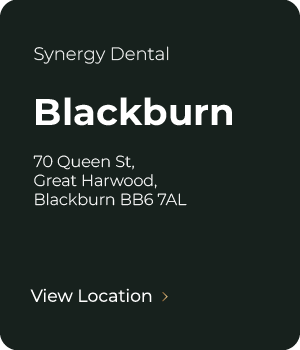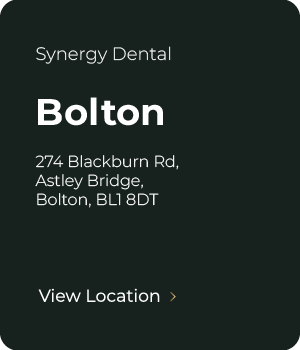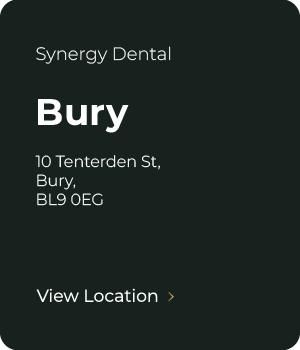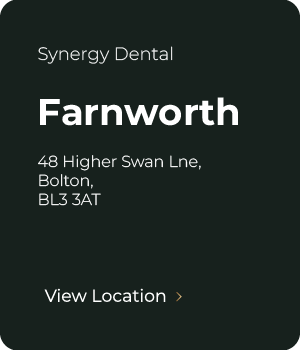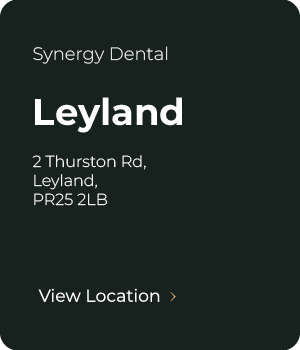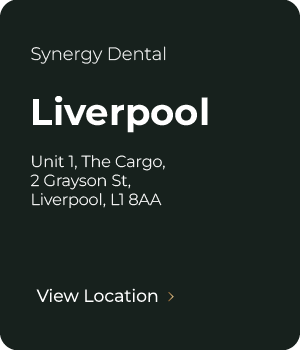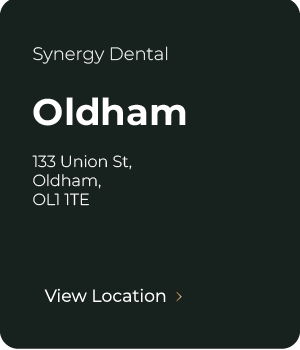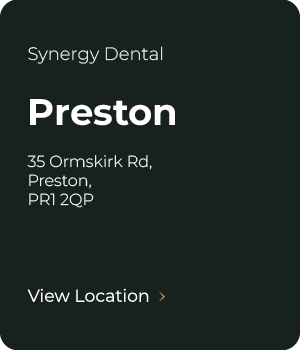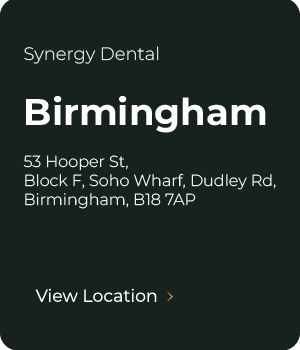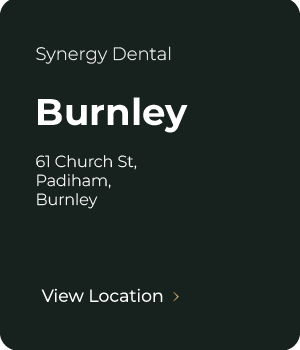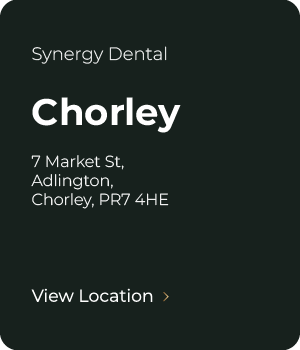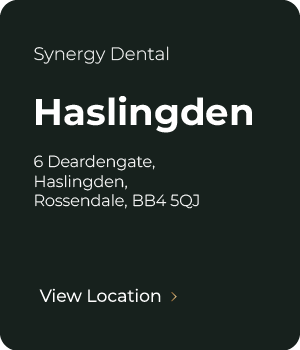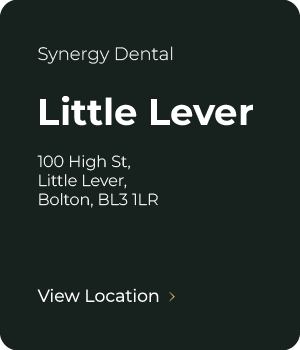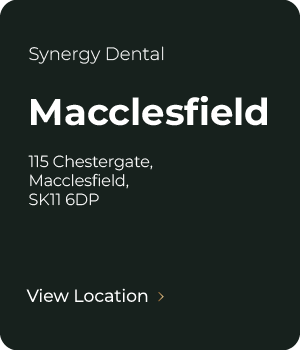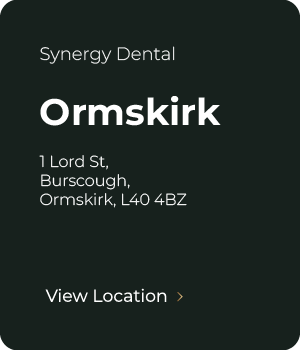Composite bonding, sometimes called edge bonding or composite veneers, is a method of changing the shape, size and shade of the teeth in a way that is minimally invasive and causes
as little damage to your natural teeth as possible – plus, it’s completely painless!
It’s a fully reversible process, meaning if you’re unhappy with your results, you can always go back to your natural teeth! It’s much more affordable compared to treatments like veneers and crowns, and can last several years with proper care!
What is Composite Bonding?
Composite bonding is a way for dentists to change the shape, size, and shape of your teeth. It involves using a white composite material, similar to a filling, and adding it to the teeth. Composite bonding can cover everything, from chips and cracks to minor staining.
Here at Synergy, we use a special composite material called Nano-Hybrid Composite. This Nano-Hybrid material is stronger and longer lasting than traditional composite materials, meaning our patients benefit from having a more beautiful smile, for longer.
Because composite bonding involves adding to your existing teeth, it’s a far less invasive procedure than other cosmetic treatments such as veneers or crowns. Composite bonding is fast and painless with no need for drilling or injections. Most patients can complete their composite bonding treatment in as little as 2 visits!
What Are The Steps of Composite Bonding Treatment?
1). During your first appointment, your dentist will assess your smile to make sure you are suitable for composite bonding. They will then take scans of your mouth to build a digital image of your future smile.
2). If you are happy with your smile design, your dentist will ask you to sign consent that you’re happy with the treatment, and arrange any finance options with you – we offer 0% finance, meaning everyone can get the smile they want at a price they can afford. Then you can go ahead and book your appointment!
3). During your appointment, your dentist will prepare your teeth – this process is called etching, and it helps the composite material stick to your tooth enamel. Then, your dentist will apply the composite material to each tooth one at a time, to shape each individual tooth to look exactly how you want it to. Your dentist may use a guide called a stent to help with this process and ensure your teeth match your smile design perfectly! Once the composite has been applied and cured with a UV light, your dentist will do the finishing touches by hand then polish your new smile to a gorgeous natural finish. All of this is completely painless.
4). Go home and enjoy your new smile!
What Can Composite Bonding Be Used To Treat?
Composite bonding can be used to solve a range of problems. Not only can it make your teeth appear whiter, it can also be used to fill gaps as an alternative to teeth straightening by making the teeth larger in order to fill spaces.
Composite bonding can also repair cracks in the teeth, fix holes, and cover up discoloured areas.
Composite bonding is popular as an additional treatment to Invisalign teeth straightening, to give your teeth a full smile makeover! Undergoing Invisalign before composite bonding helps your teeth to appear straighter – a bit like laying a good foundation for a building.
What Are The Benefits Of Composite Bonding?
Composite bonding has a range of benefits.
1). It is versatile and can treat a range of dental issues, as well as being used for cosmetic improvement.
2). Composite bonding is minimally invasive. There’s no need for drilling or needles, and your existing teeth remain undamaged underneath.
3). It’s fully reversible, meaning you can go back to your natural teeth anytime!
4). Composite bonding offers fast results. Many patients can finish their composite bonding treatment in as little as 2 appointments, and the actual treatment itself only takes a morning or an afternoon.
5). It’s painless, making this a suitable cosmetic procedure for people with high pain sensitivity or a phobia of the dentist. Because the treatment is minimally invasive, you won’t need to take time off work the next day due to discomfort – though your teeth may feel a little strange whilst you get used to the new shape!
What Are the Negatives Of Composite Bonding?
Composite bonding is an excellent treatment, but there are some things to be wary of.
1). Composite bonding is durable, but not as strong as porcelain veneers – meaning it’s not suitable for people who grind or clench their teeth.
2). Composite bonding can stain, meaning you will need to be cautious when drinking things like coffee and wine.
3). Composite bonding can’t make the same massive changes as veneers or crowns – it’s still your natural teeth, after all. So, if you’re hoping to alter your smile to something completely different to your current teeth, composite bonding may not cut it. Instead, composite is used to enhance the beauty of your current smile.
Just like all other dental treatments, composite bonding requires some work and maintenance on your part in order to keep looking beautiful. Your dentist will advise you on how best to care for your composite.
The quality of your composite bonding also depends on the skill of your dentist. Make sure that you are doing your research before choosing a dentist for your composite bonding – ask about their qualifications and their experience, and ask to see a portfolio of their previous work to ensure you’re happy with their skills.
Here at Synergy, our dentists are expertly trained. Many of our dentists have learned their skills through our award winning SynTrain courses and are UK trained – so you know you’re in expert hands.
You can get in touch about composite bonding using the book now button!

